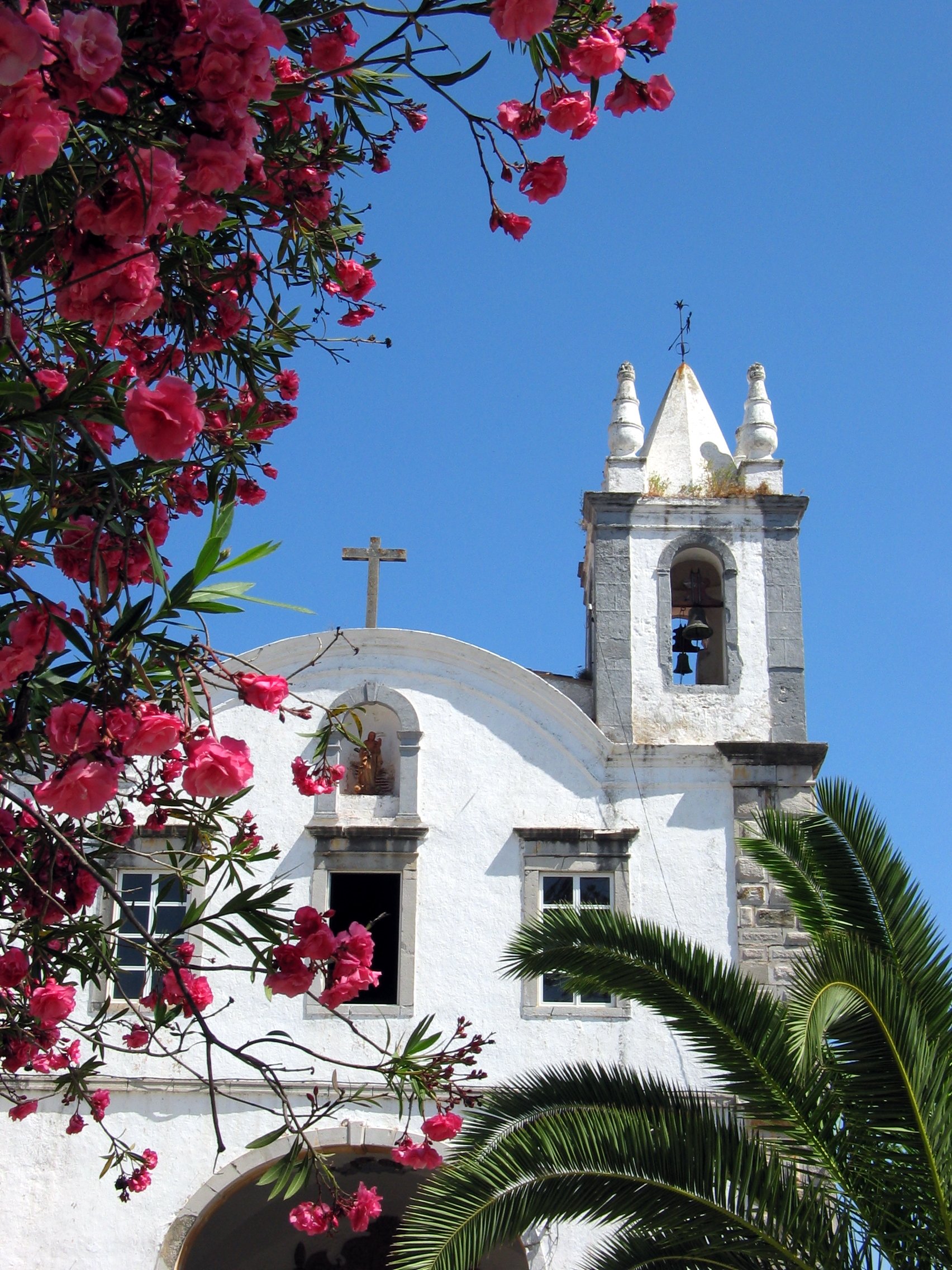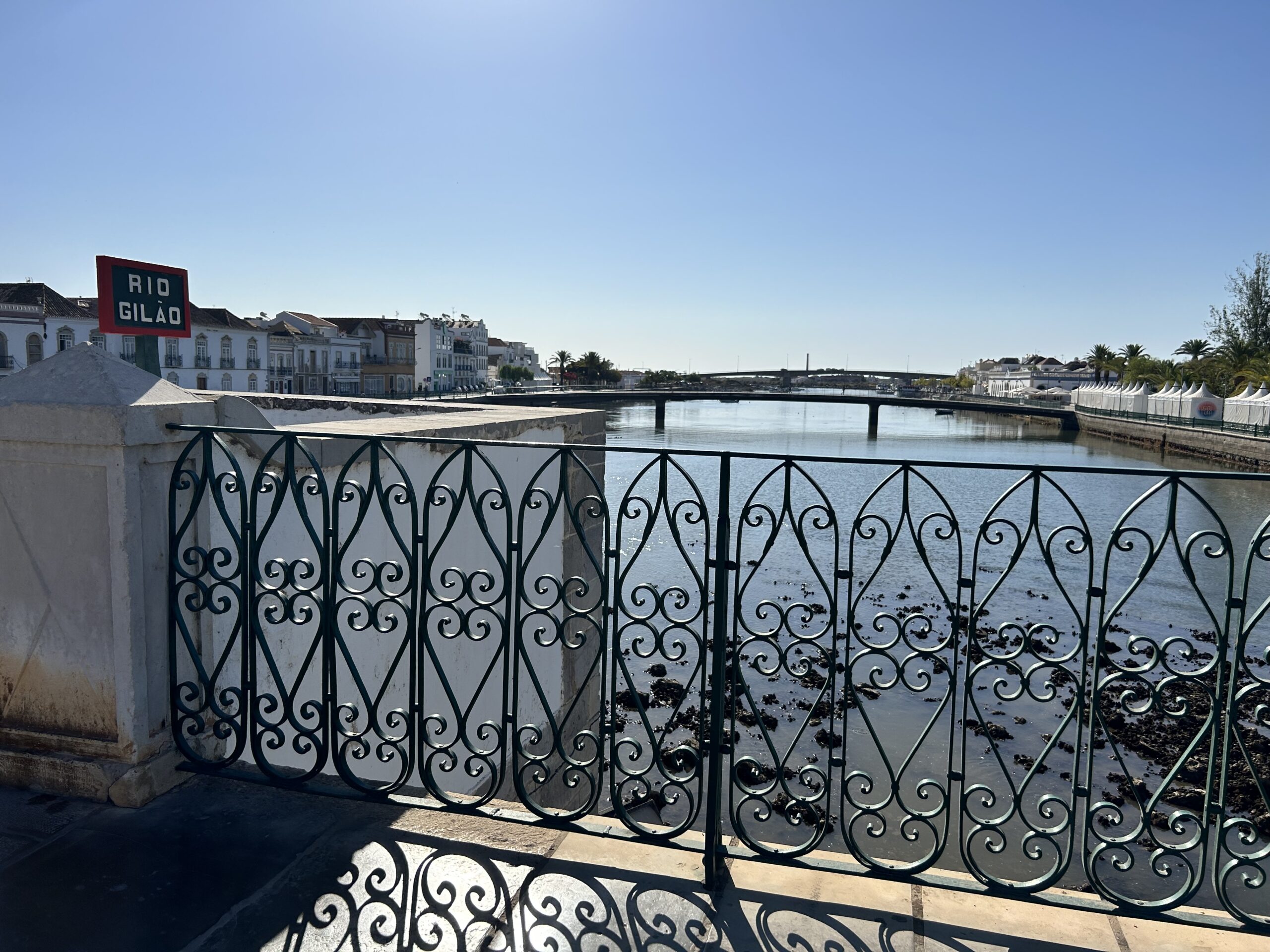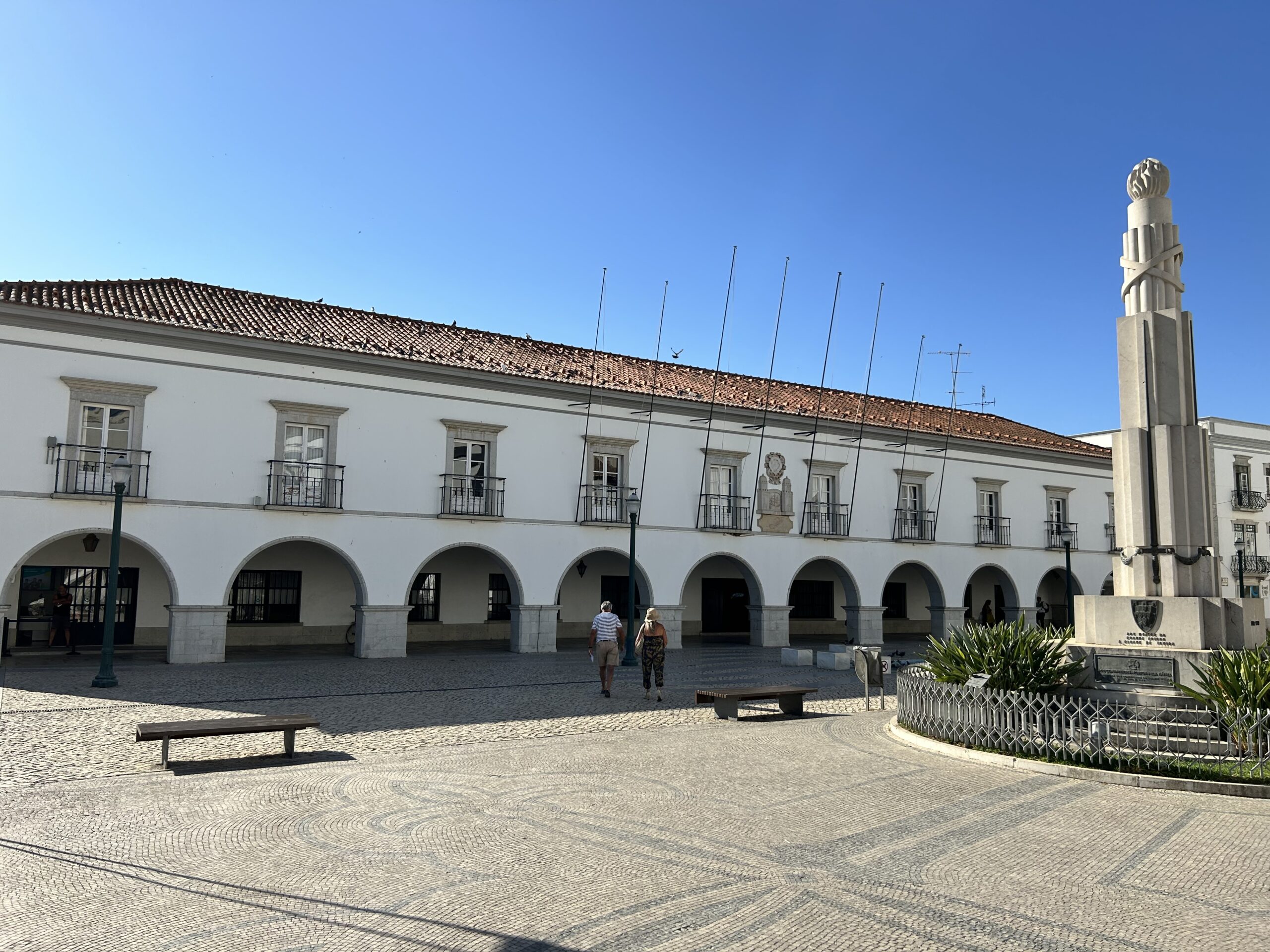Church of Santa Ana
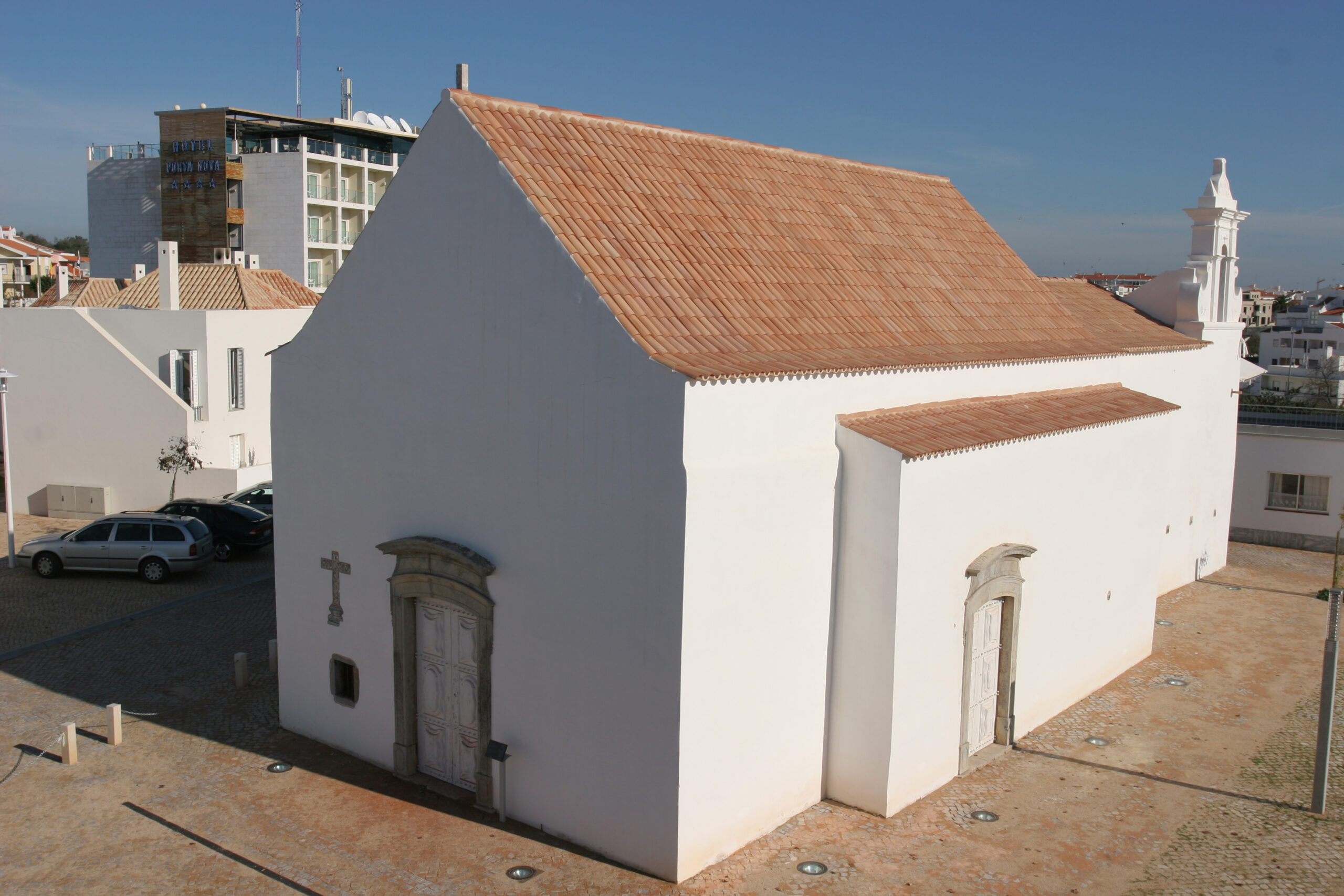
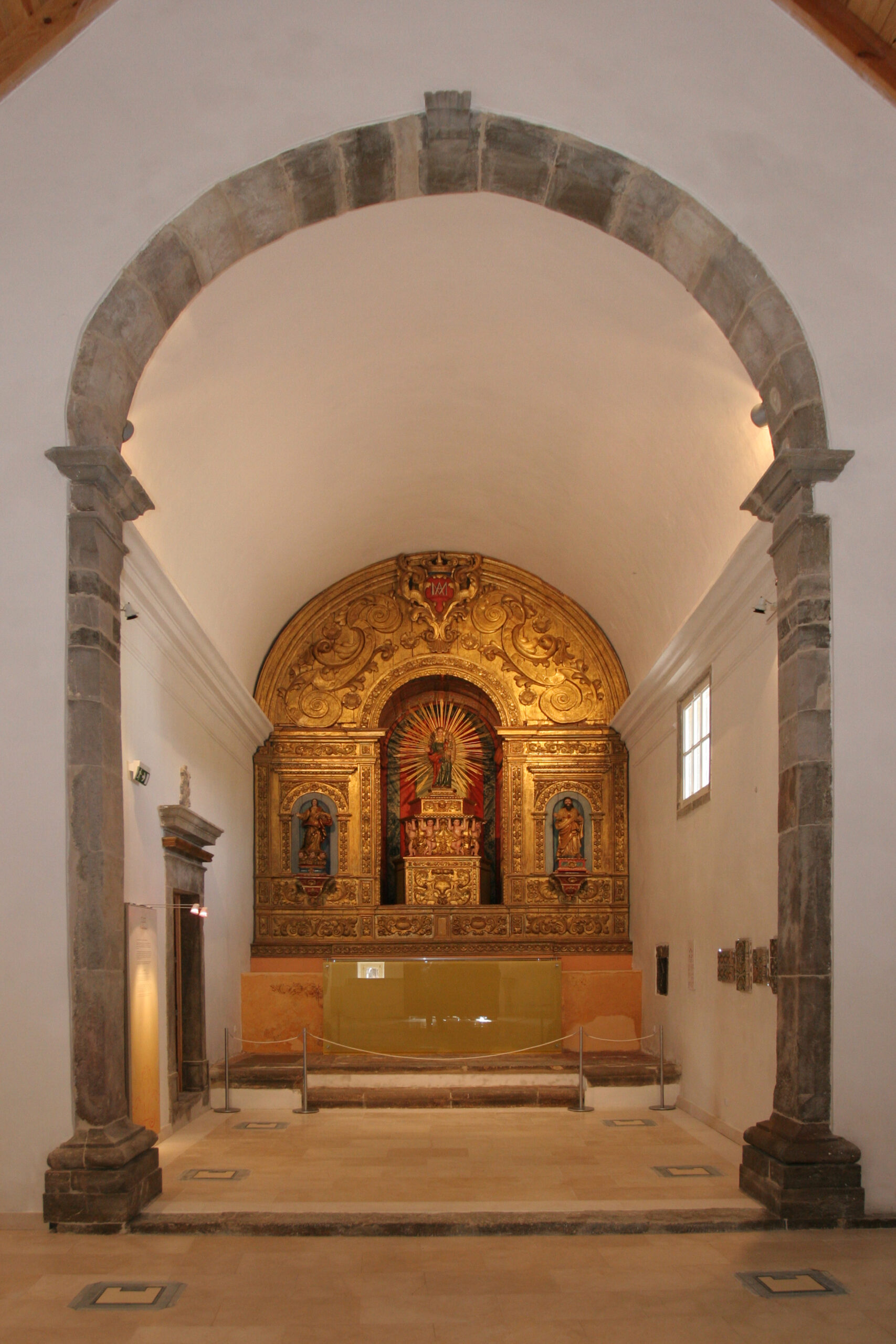
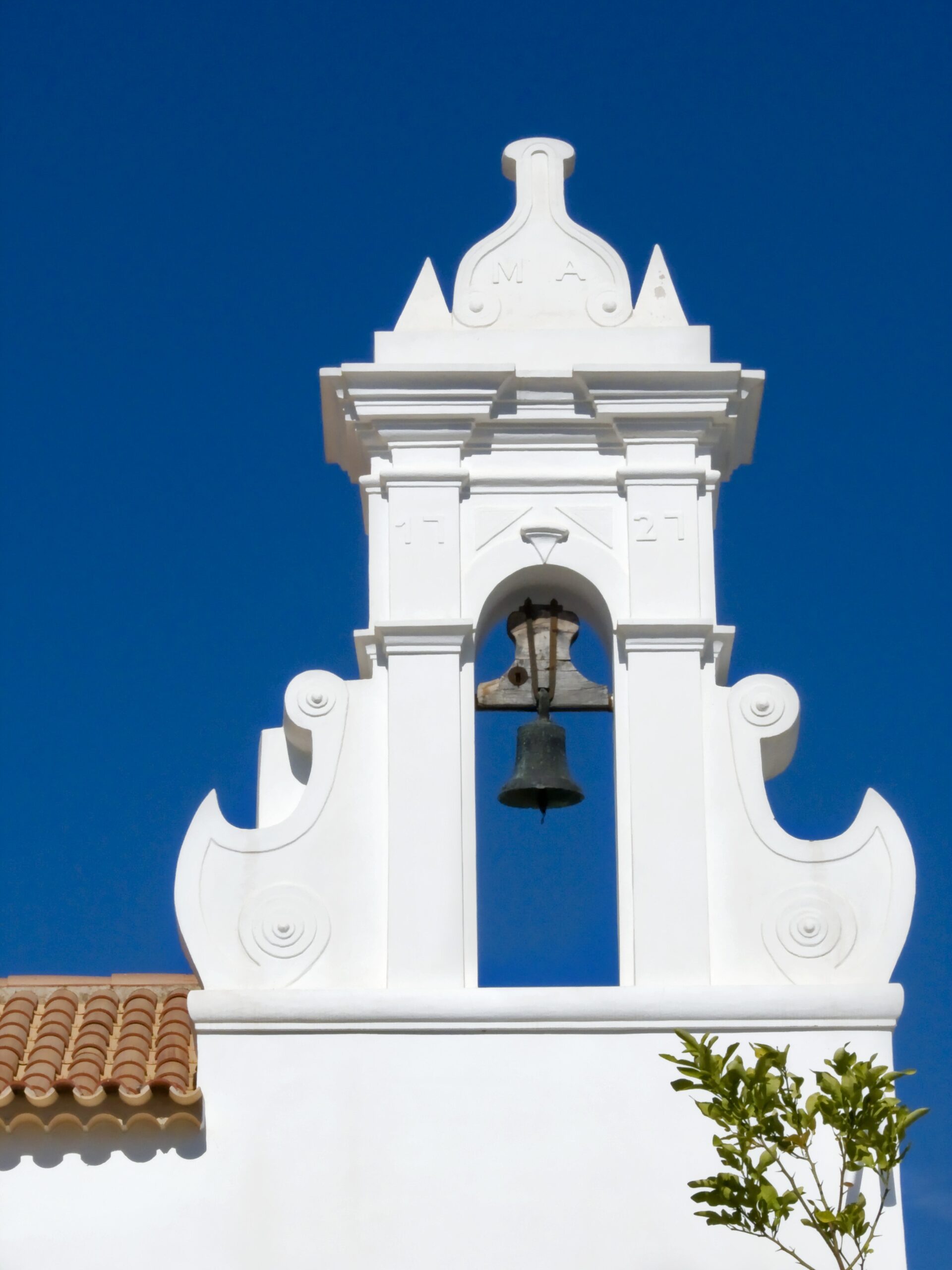
Of medieval origin, it is one of the oldest churches in Tavira and the Order of Santiago was responsible for its patronage
The establishment of the post of governor and captain-general of the Kingdom of the Algarve during the 16th century and the promulgation of the 1624 legislation, which enshrined the cities of Lagos and Tavira as the seat of the provincial government, changed the fate of this hermitage chapel. The hermitage became the governor’s private chapel, as part of his palace. The transition to this new status may have been the reason why the old chapel underwent some alterations during the 18th century.
As well as being remodelled and attached to the governor’s premises, Baroque woodwork and imagery were added, with the current main altarpiece in gilded woodwork being of particular note. In the 19th century, following the cessation of the post of governor of the Algarve, the palace, along with its incorporated hermitage church, was in the possession of the army until it was acquired by Tavira Town Hall in 1936. Shortly afterwards, a significant part of the military installations that were attached to the temple were demolished, leaving it isolated once again. The hermitage chapel was restored and became part of the municipal museum in 2006.
Freguesia: Tavira 